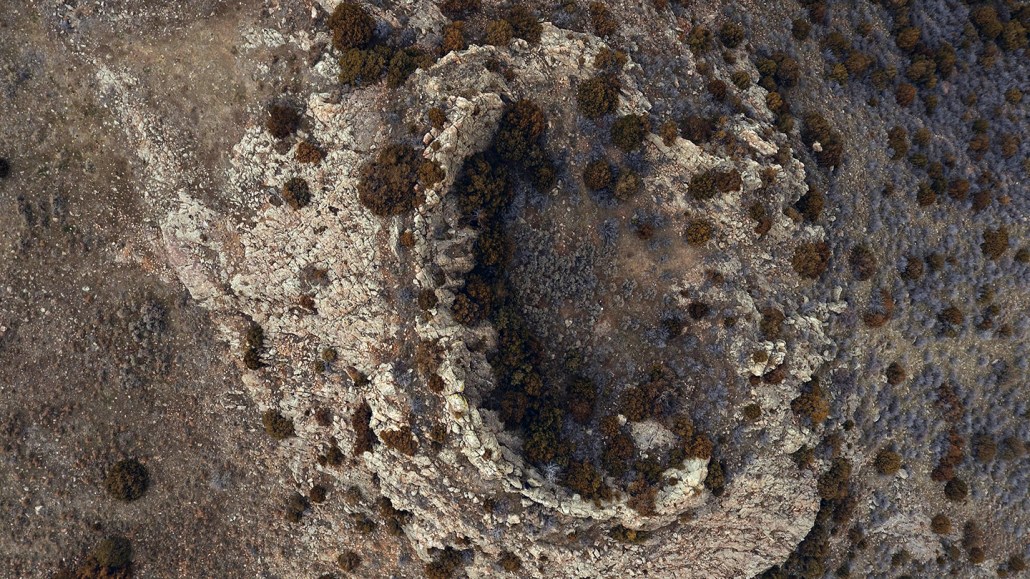An ancient impact on Earth led to a cascade of cratering
Blocks of material blasted from one large crater created a wealth of smaller craters

This crater in southeastern Wyoming, roughly 60 meters across at its widest point, is just one of many that may have been created by the impact of debris blasted from a distant, larger crater.
Kent Sundell/Casper College